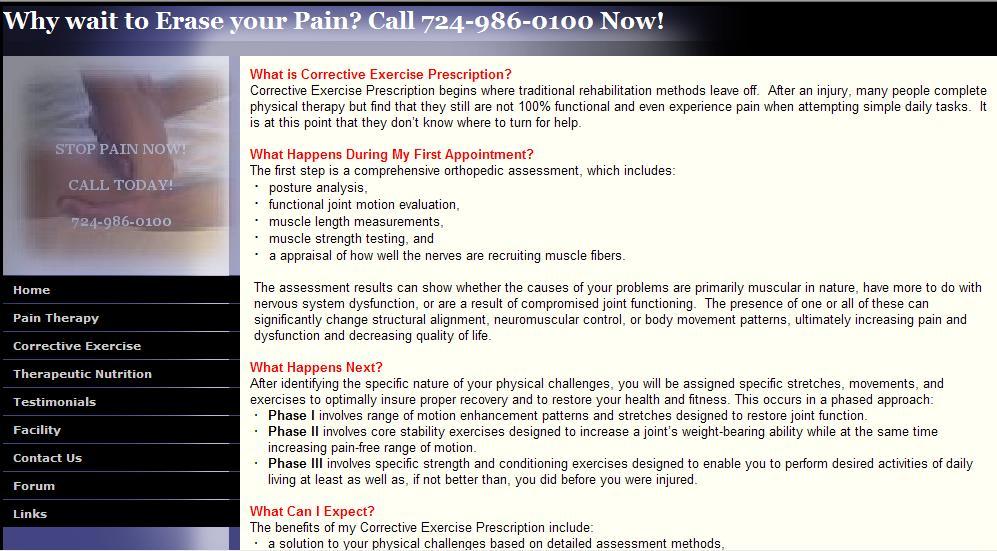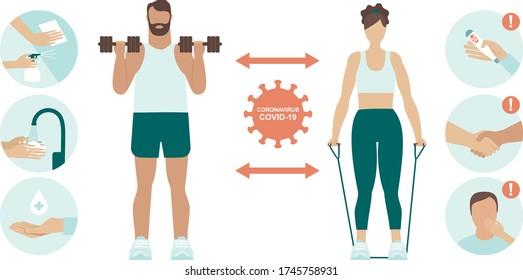In a world where the pursuit of fitness often takes center stage, the journey can be particularly daunting for those grappling with joint pain. As the sun rises on a new day, the desire to move, to feel the invigorating rush of endorphins, is often shadowed by the fear of discomfort and injury. Yet, the path to physical wellness need not be paved with pain. With the right approach, exercise can transform from a source of anxiety into a beacon of hope and healing. This article delves into safe workout practices tailored for individuals with joint pain, offering guidance and insight to help navigate the delicate balance between ambition and caution. Whether you’re a seasoned athlete or a beginner taking your first steps, these strategies will empower you to embrace movement with confidence, ensuring that your fitness journey is as safe as it is rewarding.
Understanding Joint Pain and Exercise
Joint pain can make exercising feel daunting, but with the right approach, it can become an empowering part of your routine. When dealing with joint discomfort, it’s crucial to focus on exercises that enhance flexibility, strength, and endurance without adding stress to the joints. Low-impact activities are your best friends. Consider integrating options like swimming, cycling, or using an elliptical machine. These activities provide cardiovascular benefits while minimizing joint strain.
- Warm up thoroughly before engaging in any physical activity to prepare your muscles and joints.
- Opt for strength training exercises that target supporting muscles around the joints. Using resistance bands or light weights can be particularly effective.
- Incorporate flexibility exercises like yoga or tai chi, which can help improve range of motion and reduce stiffness.
- Listen to your body and avoid movements that cause pain. It’s okay to modify exercises or take breaks as needed.
Remember, consistency is key. Regular, gentle exercise can help reduce joint pain over time, making everyday activities easier and more enjoyable.

Choosing Low-Impact Workouts for Joint Relief
For individuals experiencing joint pain, selecting the right exercise routine is crucial to maintain fitness without exacerbating discomfort. Low-impact workouts offer a gentle yet effective way to stay active. These activities minimize stress on the joints while still providing cardiovascular benefits and promoting flexibility. Opt for exercises like swimming or water aerobics, where the buoyancy of the water supports your body and reduces strain. Similarly, cycling on a stationary bike provides a controlled environment where you can adjust the intensity to suit your comfort level.
- Walking: A simple yet effective way to improve cardiovascular health without putting excessive pressure on the joints.
- Yoga: Focuses on stretching and flexibility, helping to enhance joint mobility and reduce stiffness.
- Pilates: Strengthens core muscles and improves posture, which can alleviate joint stress.
- Elliptical Training: Offers a low-impact alternative to running, allowing for a smooth motion that protects the knees and hips.
Incorporating these activities into your routine can significantly improve joint health and overall well-being. Always listen to your body and consult with a healthcare professional before starting any new exercise program to ensure it aligns with your individual health needs.

Incorporating Joint-Friendly Equipment and Accessories
When aiming to minimize joint discomfort during workouts, selecting the right equipment and accessories can make a significant difference. Resistance bands are an excellent choice for low-impact strength training, offering a versatile and gentle way to build muscle without placing undue stress on your joints. Unlike traditional weights, they provide a controlled range of motion and can be adjusted to suit your comfort level. Similarly, incorporating foam rollers into your routine can aid in relieving muscle tension and enhancing flexibility, thereby supporting overall joint health.
Consider using elliptical machines or stationary bikes for cardiovascular exercises, as these options offer smooth, low-impact movement that is easier on the knees and hips. Yoga mats with extra cushioning can also be beneficial, providing a softer surface for floor exercises and stretches. Don’t forget about the importance of proper footwear—shoes with good arch support and cushioning can help absorb shock and reduce stress on your joints during various activities. By thoughtfully choosing these joint-friendly tools, you can create a workout environment that promotes safety and comfort, helping you stay active without aggravating existing joint pain.
Developing a Personalized Warm-Up Routine
Crafting a warm-up routine tailored to your specific needs can be a game-changer, especially when dealing with joint pain. Begin by identifying exercises that focus on gentle mobility and low-impact movements. Consider incorporating activities like dynamic stretching, which helps increase blood flow and flexibility without putting undue stress on your joints. Arm circles, leg swings, and hip rotations are excellent choices to gently wake up your body.
Additionally, integrating elements such as breathing exercises and mindful movements can enhance the effectiveness of your warm-up. Focus on controlled breathing to regulate oxygen flow and reduce tension, while movements like tai chi or yoga-inspired poses can help improve balance and coordination. Remember to listen to your body, making adjustments as needed to ensure that your warm-up routine remains both safe and effective.

